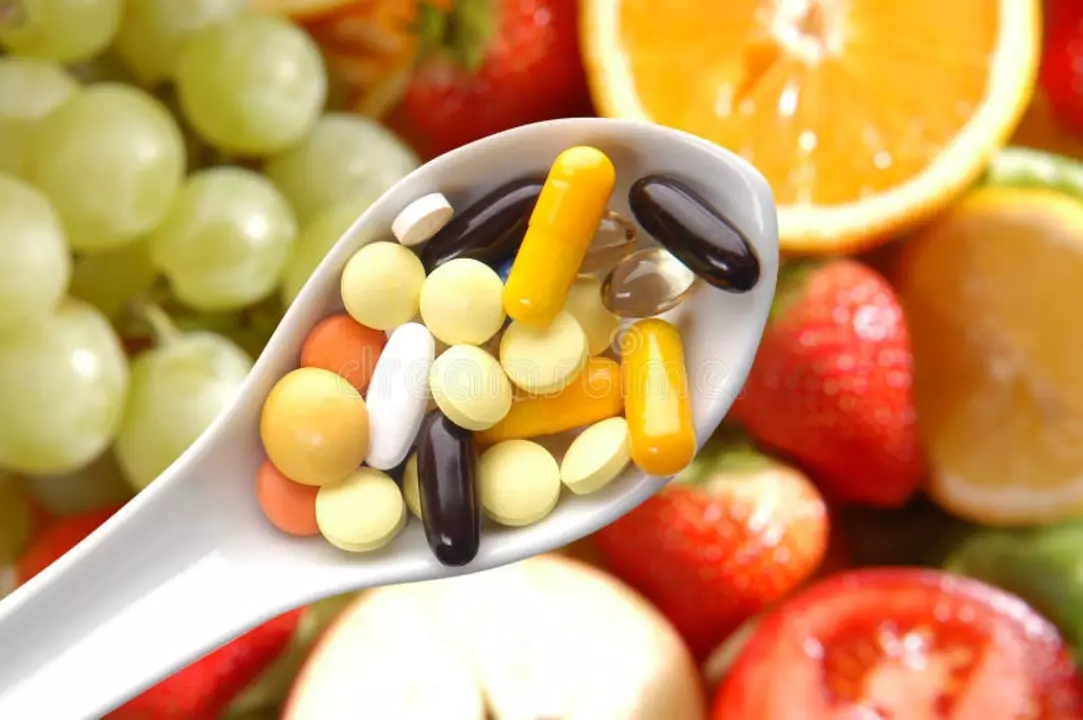Miracle Fruit: How It Works and How to Use It Safely
Ever wondered why a small berry can turn a lemon into candy? Miracle fruit (Synsepalum dulcificum) does exactly that. People use it to enjoy sour things without sugar, try new flavor combos, or just for fun at food events. Here’s a clear, practical guide on what it does, how to use it, and what to watch out for.
How miracle fruit works
The active protein in miracle fruit is called miraculin. When you place the berry or a tablet on your tongue, miraculin sticks to sweet receptors. Normally those receptors need sugar to trigger a sweet taste. Miraculin changes the receptor's response so acids—like lemon juice or grapefruit—feel sweet for a while. The effect usually lasts 20–60 minutes, depending on your mouth chemistry and how much you use.
One key point: miraculin changes taste, not food chemistry. A tart food still has the same acids and calories. If you’re watching blood sugar, remember the taste change doesn’t lower carbs.
Practical tips and safety
How to try it: use a fresh berry or a dissolvable tablet. Put a small piece or tablet on your tongue and move it around until it dissolves. Wait about a minute, then try a slice of lemon, grapefruit, yogurt, or vinegar-based dressing. Start small—effects vary by person.
Best pairings: lemon, lime, grapefruit, vinegary hot sauce, plain yogurt, tomatoes, and bitter greens. Avoid hot foods; heat can break down miraculin and weaken the effect. Also, cooking with the berry won’t work—miraculin is a protein and won’t survive high temperatures.
Buying and storage: you can find whole berries, frozen pulp, or freeze-dried tablets from specialty sellers. Fresh berries are perishable—keep them chilled and use quickly. Tablets and freeze-dried forms store better in a cool, dry place. Check seller reviews and pick reputable sources.
Safety notes: miracle fruit is generally well tolerated, but research is limited. If you have food allergies or a medical condition, check with your doctor before trying it. Diabetics should be careful: a food that tastes sweet still contains the same sugars unless it’s naturally low-carb. If you take medications that depend on taste for dosing or have conditions affecting taste, talk to a clinician first.
Fun idea: host a small "flavor-tripping" snack night. Offer a range of sour, bitter, and plain foods and let guests rate how they change. It’s a safe, cheap way to explore flavor without added sugar.
Miracle fruit is simple to use and genuinely surprising. Try it once with a lemon slice and you’ll get why people keep coming back for that strange, sweet surprise.
I recently came across this fascinating dietary supplement called Miracle Fruit that's creating quite a buzz in the wellness industry. It's a small berry that, when consumed, temporarily alters your taste buds making sour and bitter foods taste sweet. This unique property has sparked interest in its potential as a sugar substitute, which could be beneficial for those with diabetes or on a weight loss journey. As I dug deeper, I found out that the fruit also contains various vitamins and antioxidants, making it even more appealing to health enthusiasts. I can't wait to see how this Miracle Fruit continues to make waves in the wellness world and how it might change the way we perceive healthy eating.

